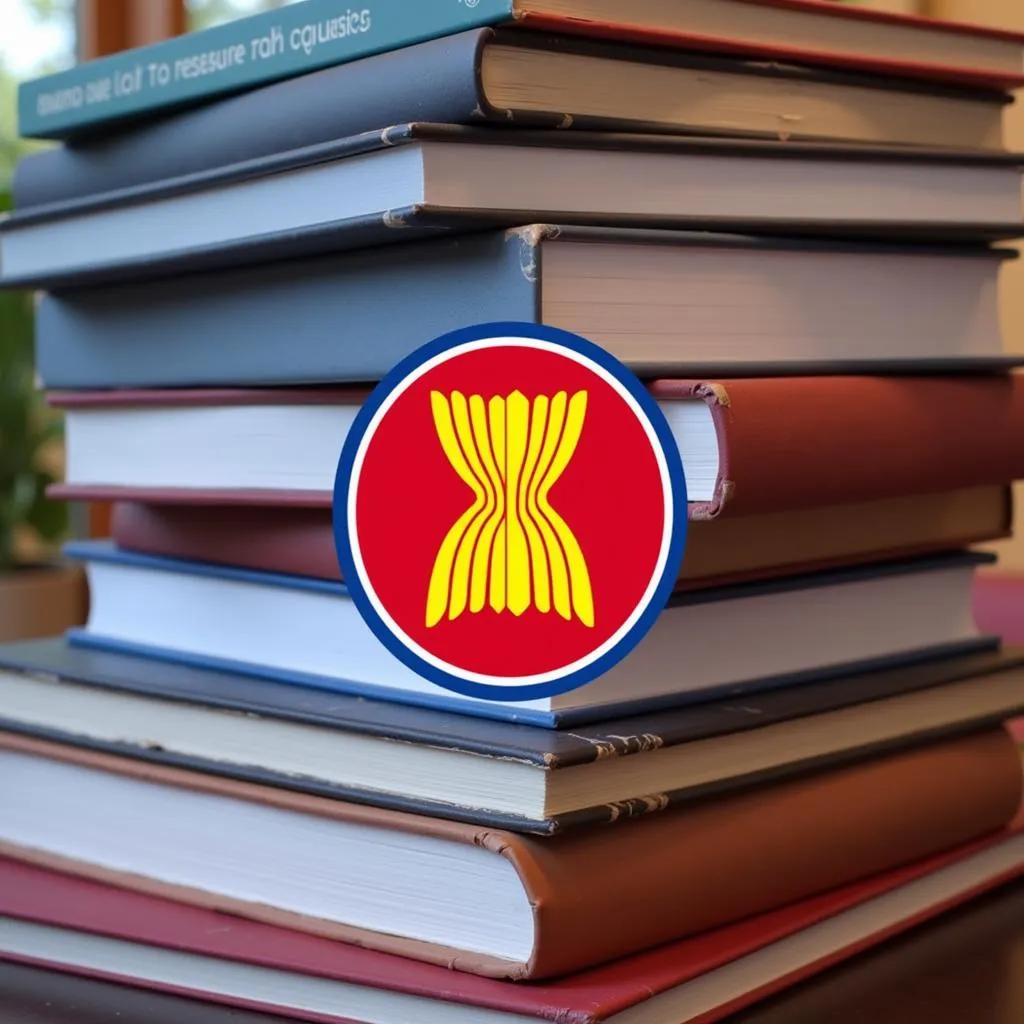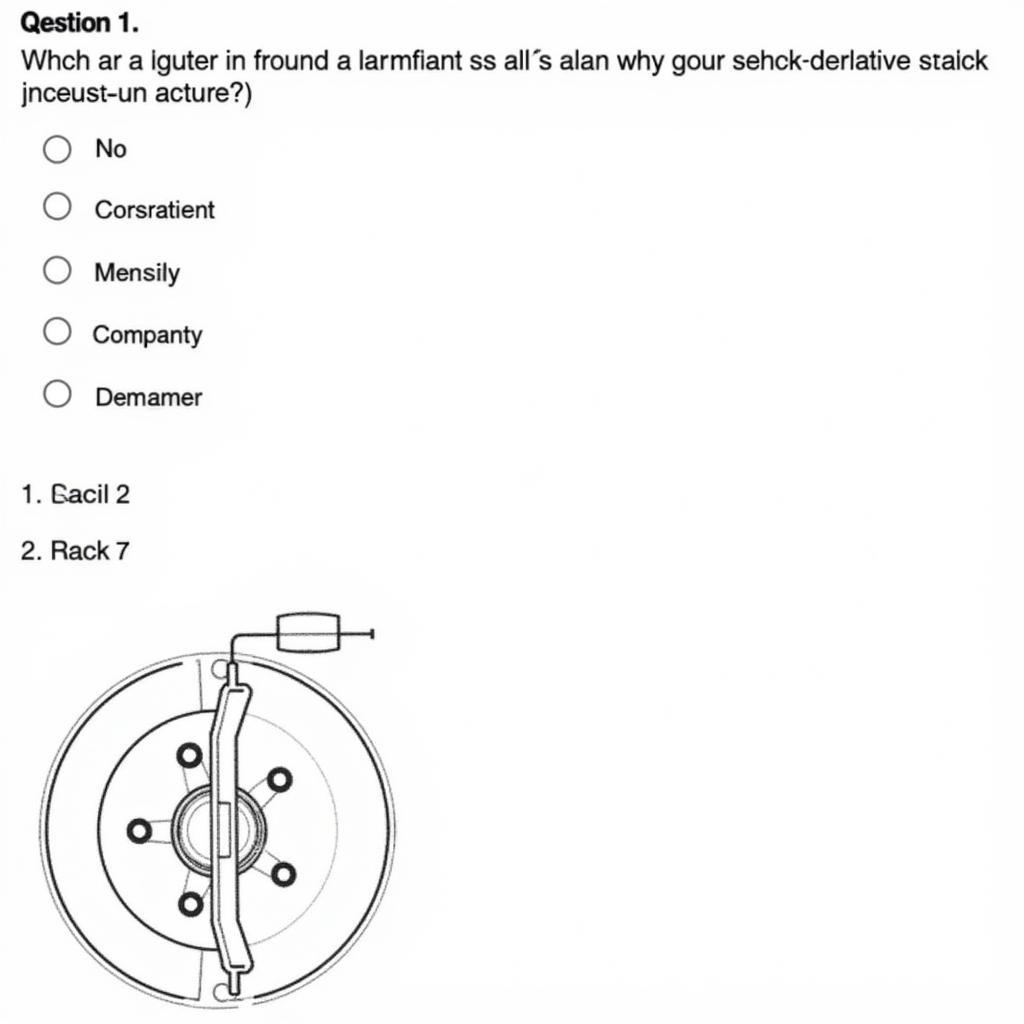The ASEAN Journal Impact Factor is a metric used to assess the relative importance of academic journals published within the Association of Southeast Asian Nations (ASEAN) region. This measure reflects the average number of citations received by articles published in a specific journal over a particular period, typically the preceding two years.
What Does the ASEAN Journal Impact Factor Tell Us?
The impact factor serves as an indicator of a journal’s visibility and influence within the academic community. A higher impact factor generally suggests that articles published in that journal are cited more frequently by researchers in the field, indicating greater research impact and recognition.
Factors Influencing ASEAN Journal Impact Factor
Numerous factors contribute to a journal’s impact factor, including:
- Journal Scope and Focus: Journals specializing in niche or rapidly growing fields tend to attract more citations.
- Article Quality and Originality: High-quality, groundbreaking research naturally garners more attention and subsequent citations.
- Editorial Board Reputation: Esteemed editorial boards attract top-tier submissions and lend credibility to a journal.
- Publication Frequency and Accessibility: Journals publishing more frequently and readily available online often see increased visibility and citation rates.
- International Collaboration: Articles resulting from international research partnerships often have broader reach and impact.
The Importance of Impact Factor for ASEAN Journals
For ASEAN journals, a strong impact factor is crucial for several reasons:
- Enhancing Regional Research Visibility: A high impact factor elevates the profile of ASEAN research on a global scale, attracting international collaboration and funding opportunities.
- Promoting Academic Excellence: Impact factor serves as a benchmark for quality, encouraging ASEAN journals to uphold rigorous standards and publish impactful research.
- Supporting Policy Development: By disseminating high-quality research, ASEAN journals contribute to evidence-based policymaking within the region.
 ASEAN Research Impact
ASEAN Research Impact
Limitations of the Impact Factor
While a valuable metric, it’s crucial to acknowledge the limitations of the impact factor:
- Subject Bias: Impact factors vary significantly across disciplines, making direct comparisons between journals in different fields misleading.
- Citation Manipulation: Unethical practices aimed at artificially inflating citation counts can distort the true impact of a journal.
- Focus on Short-Term Impact: The two-year citation window may not accurately reflect the long-term significance of certain research.
Beyond the Impact Factor: Alternative Metrics
Researchers and academic institutions are increasingly looking beyond the traditional impact factor to assess research quality and influence. Alternative metrics include:
- Altmetrics: These metrics capture online attention and engagement with research articles, such as social media shares, news mentions, and downloads.
- H-index: This metric quantifies a researcher’s productivity and impact based on the number of citations their publications have received.
Conclusion
The ASEAN Journal Impact Factor remains a significant metric for gauging the influence and reach of research originating from the region. While understanding its limitations is essential, a strong impact factor contributes to greater visibility, academic excellence, and ultimately, the advancement of knowledge within ASEAN and beyond.
FAQ
1. How is the ASEAN Journal Impact Factor calculated?
The impact factor is calculated by dividing the number of citations received by articles published in a journal during the preceding two years by the total number of articles published in that journal during the same period.
2. Where can I find the impact factor of an ASEAN journal?
Several databases, including Clarivate Analytics’ Journal Citation Reports and Scopus, provide impact factor information.
3. Is the impact factor the only metric to consider when evaluating a journal’s quality?
No, the impact factor should be considered alongside other factors such as the journal’s scope, editorial board reputation, and publication ethics.
4. Are there any initiatives to promote the quality and impact of ASEAN journals?
Yes, various organizations and initiatives within ASEAN are working to support research capacity building, promote open access publishing, and enhance the visibility of regional research.
For further assistance, please contact:
Phone Number: 0369020373
Email: [email protected]
Address: Thon Ngoc Lien, Hiep Hoa, Bac Giang, Vietnam.
We have a 24/7 customer support team to assist you.


